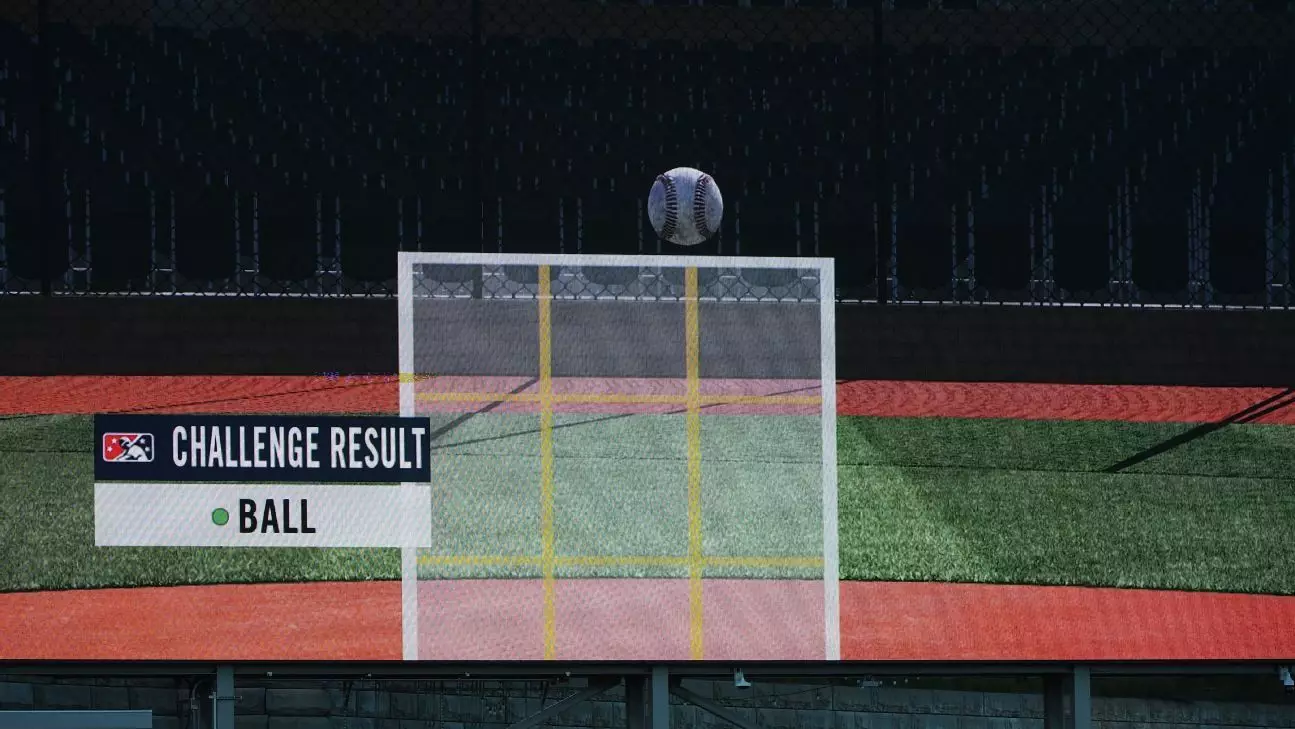With its ongoing commitment to modernizing the game, Major League Baseball (MLB) has decided to test the waters of the Automated Ball-Strike (ABS) challenge system during the spring training season. This trial, which will occur across thirteen stadiums in the Cactus and Grapefruit Leagues, marks a significant leap forward as the league explores a blend of technology and traditional gameplay. Although the official implementation of this system in the regular season is not expected until 2026 at the earliest, the move signals a progressive evolution in how the game is officiated.
This decision comes after years of testing the ABS in the minor leagues, where a significant amount of data has been collected. One of the fundamental aspects of the ABS trial is the minimal disruption it introduces to the game while preserving the human element that makes baseball unique. Players will have two challenges per game, and can only initiate a challenge when the call is made, demonstrating that the league is cautious about how this technology will affect the rhythm of play.
The challenge system operates under specific guidelines designed to ensure clear communication and quick resolution. Participants in the game—the batter, catcher, or pitcher—must act promptly. A simple tap on the hat or helmet signals their intent to challenge an umpire’s call. This immediacy could lead to intriguing strategic decisions during pivotal game moments.
Moreover, real-time information dissemination is a crucial component; the results of the challenges will be displayed prominently on scoreboards and television broadcasts. This transparency not only keeps players informed but also engages fans who want clarity on contentious calls. The integration of technology in decision-making processes stands to reshape the baseball viewing experience, reinforcing the league’s efforts to captivate a younger audience.
The chosen venues for this trial, including dual-team stadiums in Arizona and Florida, reflect MLB’s intent to cover a broad spectrum of teams and fan bases. The inclusion of teams like the Seattle Mariners, New York Yankees, and Chicago White Sox in this experiment suggests a well-rounded approach to gather diverse insights. Using these stadiums as testing grounds provides a rich dataset for league officials to analyze how the ABS system plays out in various contexts and environments.
By gathering data from spring training, where fan attendance can significantly fluctuate, the league hopes to glean insights into the effectiveness of the ABS in real-life scenarios where stakes are lower compared to the regular season. This strategic approach allows MLB to refine the system before it is introduced on a larger scale.
Feedback from the players and coaches involved in the minor league trials has paved the way for this initiative. Reports suggest that both players and fans prefer a challenge system over complete automation of every pitch call. The human element of the game, particularly the skill involved in pitch framing by catchers, is regarded as an irreplaceable facet of baseball.
Emphasizing a challenge system could foster an environment where players strategically choose to challenge close calls rather than enter into an unyielding automated system. With an overturn rate of around 50% during minor league testing, this system promises to add an exciting layer of tension to the game, allowing players to have agency over critical moments.
As the 2026 deadline for a potential rollout of the ABS in Major League Baseball approaches, the league’s competition committee faces an important task. They will need to assess not only the data gathered from the trials and the Triple-A regular season but also the palpable sentiment among fans and players.
If successful, the ABS challenge system has the potential to enhance the fairness and enjoyment of the game, bridging the gap between tradition and innovation. With excitement brewing around its first major trial game featuring the Dodgers and Cubs, the ABS system could very well define a new era for baseball, one where technology and human intuition coalesce to create an experience that respects the game’s storied history while looking firmly towards its future.


Leave a Reply